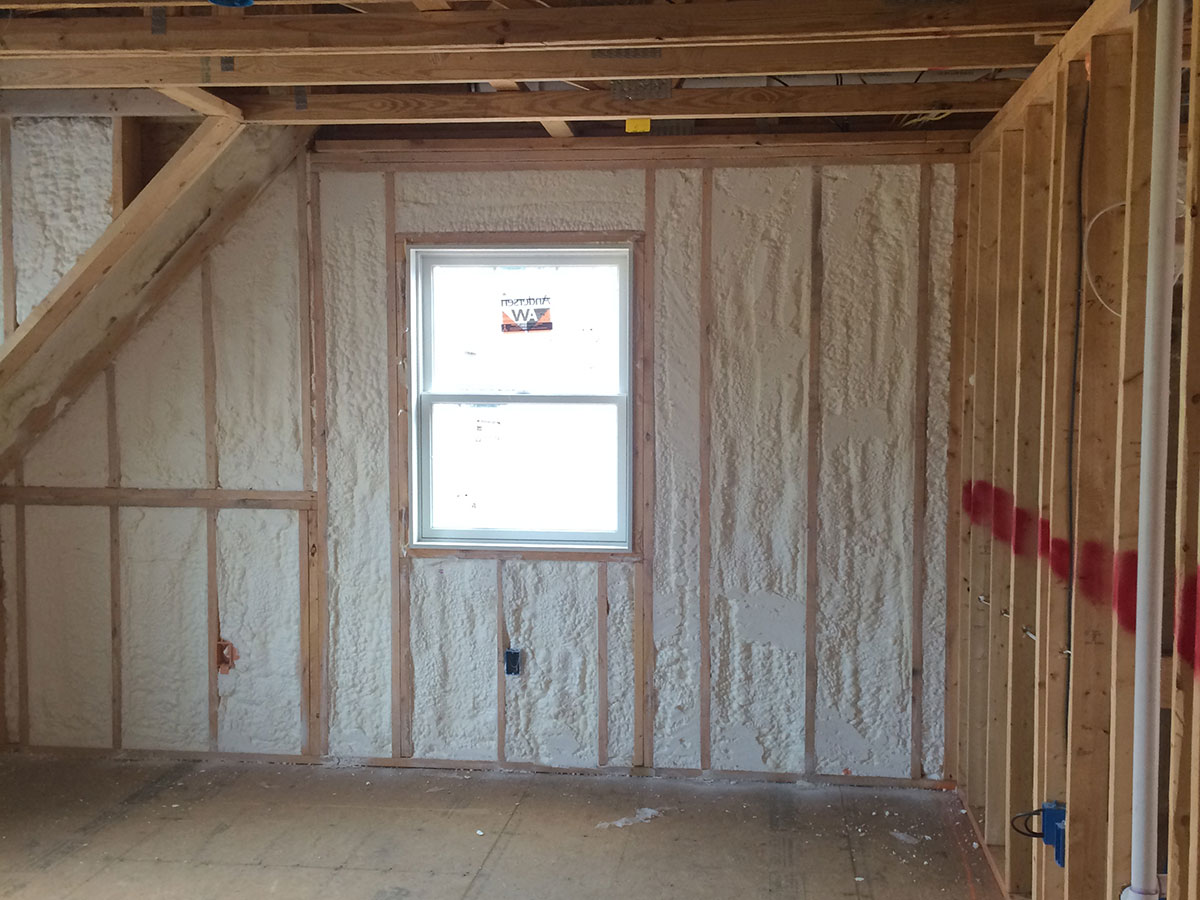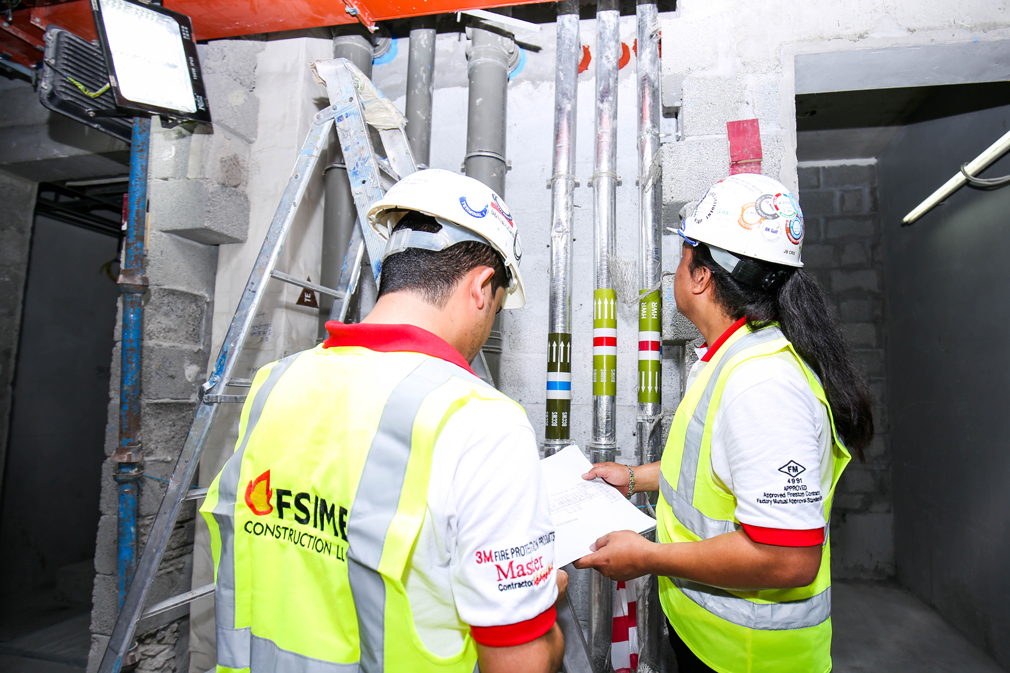Building Trades & Construction Design Technology: A Modern Revolution
Building trades and construction design technology have undergone a remarkable transformation, fueled by innovation and a relentless pursuit of efficiency. This evolution has reshaped the industry, merging traditional craftsmanship with […]

Building trades and construction design technology have undergone a remarkable transformation, fueled by innovation and a relentless pursuit of efficiency. This evolution has reshaped the industry, merging traditional craftsmanship with cutting-edge digital tools to create a dynamic and exciting landscape.
From the introduction of Building Information Modeling (BIM) to the integration of Virtual Reality (VR) and Augmented Reality (AR), these technologies have revolutionized how we design, plan, and execute construction projects. They have empowered architects, engineers, and builders to collaborate seamlessly, visualize complex structures, and optimize workflows, ultimately leading to safer, more sustainable, and cost-effective construction outcomes.
Impact on Construction Design Processes
Construction design technology has revolutionized the way buildings and infrastructure are planned, designed, and built. These technologies have transformed the traditional design process, introducing new tools, methods, and workflows that enhance efficiency, accuracy, and collaboration.
Impact on Planning Stage
The planning stage sets the foundation for the entire construction project. Construction design technology significantly impacts this stage by providing tools for site analysis, feasibility studies, and preliminary design.
- Site Analysis: Software like Geographic Information Systems (GIS) allows for detailed site analysis, incorporating factors like topography, soil conditions, and existing utilities. This helps identify potential challenges and opportunities early in the planning process.
- Feasibility Studies: Building Information Modeling (BIM) software facilitates the creation of virtual models, enabling architects and engineers to test different design concepts and evaluate their feasibility based on cost, schedule, and environmental impact.
- Preliminary Design: Design technologies enable architects to quickly generate preliminary designs and explore various options, incorporating client feedback and site constraints. This iterative process helps refine the design concept and ensure alignment with project goals.
Impact on Design Stage
The design stage involves developing detailed plans and specifications for the construction project. Construction design technology plays a crucial role in this stage, facilitating accurate representation, collaboration, and design optimization.
- Detailed Design: BIM software enables the creation of detailed 3D models, incorporating all aspects of the building, including architectural, structural, mechanical, electrical, and plumbing systems. This detailed representation provides a comprehensive understanding of the project and facilitates accurate cost estimations.
- Collaboration: BIM platforms enable seamless collaboration between architects, engineers, and other stakeholders. They provide a centralized repository for project data, allowing real-time access and communication, which minimizes errors and delays.
- Design Optimization: Design technologies offer tools for design optimization, such as parametric modeling and generative design. These tools allow architects and engineers to explore various design options and identify the most efficient and sustainable solutions.
Impact on Engineering Stage, Building trades and construction design technology
The engineering stage involves detailed analysis, calculations, and specifications for structural, mechanical, electrical, and plumbing systems. Construction design technology significantly enhances the accuracy and efficiency of this stage.
- Structural Analysis: Finite element analysis (FEA) software allows engineers to simulate the behavior of structures under various loads and conditions. This provides insights into the structural integrity of the building and helps optimize design for safety and efficiency.
- MEP Design: BIM software integrates with specialized MEP (Mechanical, Electrical, and Plumbing) design tools, enabling engineers to create detailed models of building systems. This integrated approach minimizes conflicts and ensures efficient coordination between different disciplines.
- Code Compliance: Construction design technology incorporates building codes and regulations, ensuring compliance with industry standards. This minimizes the risk of costly rework and delays.
Impact on Construction Management Stage
The construction management stage involves planning, scheduling, and executing the construction process. Construction design technology plays a vital role in optimizing workflows, improving communication, and enhancing project control.
- Project Planning and Scheduling: Construction management software integrates with BIM models, providing a comprehensive understanding of the project scope, schedule, and resources. This allows for realistic project planning and efficient resource allocation.
- Construction Coordination: BIM models serve as a central hub for construction information, enabling contractors to visualize the project, identify potential conflicts, and optimize construction sequences. This reduces rework and improves coordination between different trades.
- Construction Progress Tracking: Construction management software integrates with field data capture tools, allowing real-time monitoring of project progress. This provides insights into project performance, identifies potential delays, and enables proactive intervention.
Future Trends and Innovations

The construction industry is on the cusp of a technological revolution, with advancements in building trades and design technology poised to reshape the way we build and live. Emerging trends and innovations are driving significant changes in the industry, impacting everything from project planning and design to construction execution and building management.
Impact of AI, Robotics, and Automation
Artificial intelligence (AI), robotics, and automation are transforming the construction industry by enhancing efficiency, improving safety, and reducing costs. AI-powered tools can analyze vast amounts of data to optimize designs, predict project delays, and manage resources more effectively. Robotics are being used for tasks like welding, demolition, and bricklaying, increasing accuracy and reducing labor costs. Automation is also being integrated into construction equipment, improving productivity and safety on job sites.
Potential Future Trends and their Implications
The integration of these technologies is expected to lead to several key trends in the construction industry.
- Prefabrication and Modular Construction: AI-powered design and manufacturing processes are enabling the production of prefabricated components and modules off-site, reducing construction time and improving quality control. This trend is particularly relevant for residential and commercial projects, where standardized components can be quickly assembled on-site. For example, companies like Katerra and Skanska are using prefabrication to build entire apartment buildings in a fraction of the time it would take using traditional methods.
- Building Information Modeling (BIM) with AI: BIM software is increasingly incorporating AI capabilities to enhance design collaboration, optimize construction processes, and facilitate facility management. AI algorithms can analyze BIM data to identify potential design flaws, optimize material usage, and predict project costs more accurately. For example, Autodesk’s BIM 360 software uses AI to analyze project data and provide insights for better decision-making.
- Drones and Aerial Imaging: Drones are becoming increasingly popular for site surveying, inspection, and progress monitoring. They can capture high-resolution aerial images and videos, providing valuable data for project planning and management. Drones can also be used to inspect hard-to-reach areas, reducing the need for expensive scaffolding or other safety equipment. For example, construction companies are using drones to monitor the progress of large infrastructure projects, such as bridges and highways.
- Virtual and Augmented Reality (VR/AR): VR and AR technologies are transforming the way we design, visualize, and interact with buildings. VR allows architects and engineers to create immersive 3D models of projects, providing a realistic experience for clients and stakeholders. AR can be used to overlay digital information onto the real world, enabling workers to see hidden utilities or access real-time project data. For example, construction companies are using VR to train workers on complex construction procedures and to create virtual walkthroughs of buildings before construction begins.
- Sustainable Construction Practices: AI and robotics are playing a key role in promoting sustainable construction practices. AI algorithms can analyze data on energy consumption, material usage, and waste generation to optimize building designs for energy efficiency and environmental sustainability. Robots can also be used to perform tasks like recycling and waste management on construction sites. For example, companies like ICON are using 3D printing technology to build sustainable and affordable homes using locally sourced materials.
Conclusive Thoughts: Building Trades And Construction Design Technology
As we look towards the future, the potential for further innovation in building trades and construction design technology is boundless. With advancements in artificial intelligence (AI), robotics, and automation, the industry is poised for another wave of transformation. These emerging technologies promise to enhance productivity, improve safety, and pave the way for even more sustainable and resilient infrastructure. The integration of these technologies will undoubtedly redefine the construction landscape, ushering in a new era of efficiency, precision, and innovation.
The building trades and construction design technology are constantly evolving, incorporating innovative approaches to sustainability and efficiency. One such innovation is the integration of renew technologies into building design, leading to the use of renewable energy sources and eco-friendly materials.
This trend not only benefits the environment but also enhances the overall functionality and longevity of structures, demonstrating the ever-growing connection between the building trades and technological advancements.






